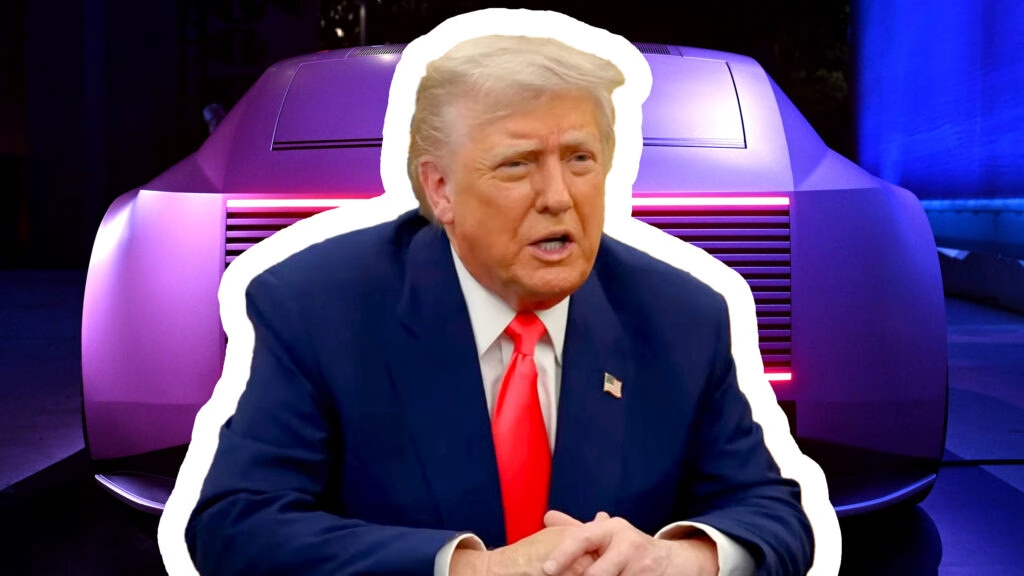The recent trade deal between the United States and the United Kingdom has stirred up quite a buzz, especially in the automotive sector. Announced by President Donald Trump and British Prime Minister Keir Starmer, this agreement is poised to reshape the landscape for car imports and exports between the two nations. So, what does this mean for British automakers and American companies? Let’s dive into the details.
What’s in the Deal for British Automakers?
One of the standout features of this trade deal is the significant reduction in tariffs for British cars exported to the U.S. Under the new terms, the first 100,000 vehicles imported from the UK will enjoy a 10% tariff, a substantial decrease from the previous rates. After reaching that threshold, the tariff will rise to 25%. This change is particularly beneficial for brands like Jaguar Land Rover, Mini, and Rolls-Royce, which have been eager to expand their market presence in the U.S.
In 2024, UK vehicle exports to the U.S. reached around 100,000 units, valued at approximately $12 billion. With the new tariff structure, British automakers could save hundreds of millions annually, allowing them to be more competitive in the American market. This is a win for companies that have struggled to maintain their foothold in a market dominated by American manufacturers.
How Does This Impact U.S. Automakers?
While British automakers are celebrating, the mood is quite different among American manufacturers. The American Automotive Policy Council, representing major players like Ford and General Motors, has expressed strong discontent with the deal. Council President Matt Blunt pointed out that the U.S. automotive industry is deeply integrated with Canada and Mexico, making it puzzling that the administration prioritized a deal with the UK first.
Blunt emphasized that it could become cheaper to import a vehicle from the UK with minimal U.S. content than to bring in a vehicle from Canada or Mexico that complies with the United States-Mexico-Canada Agreement (USMCA). This could potentially undermine American jobs and set a concerning precedent for future trade negotiations with other global competitors.
What’s the Bigger Picture?
Beyond the automotive sector, the trade deal is expected to open up new opportunities for U.S. farmers and producers, with an estimated $5 billion in new export opportunities to the UK. This includes significant increases in ethanol and beef exports, which could bolster the agricultural sector in the U.S.
Moreover, the deal introduces a new trading union for steel and aluminum, reducing tariffs from 25% to 0%. This move is aimed at supporting UK steelmakers and enhancing trade relations in those industries.
The deal has been touted as a “historic agreement” by Downing Street, promising to protect jobs and provide stability for exporters. However, the mixed reactions highlight the complexities of international trade, where benefits for one country can lead to concerns for another.
What’s Next?
As the dust settles, it remains to be seen how this trade agreement will play out in real terms. Will British automakers see a significant boost in sales in the U.S.? How will American companies adapt to this new competitive landscape?
The big takeaway? Trade agreements are rarely straightforward. They often bring both opportunities and challenges. As the automotive industry navigates this new terrain, it’s clear that the impacts will be felt on both sides of the Atlantic. For consumers, this could mean more choices and potentially better prices, but for workers in the automotive sector, the stakes are high.
In the end, it’s about finding a balance that supports growth while ensuring fair competition. The trade landscape is ever-evolving, and staying informed is key to understanding how these changes affect us all.

